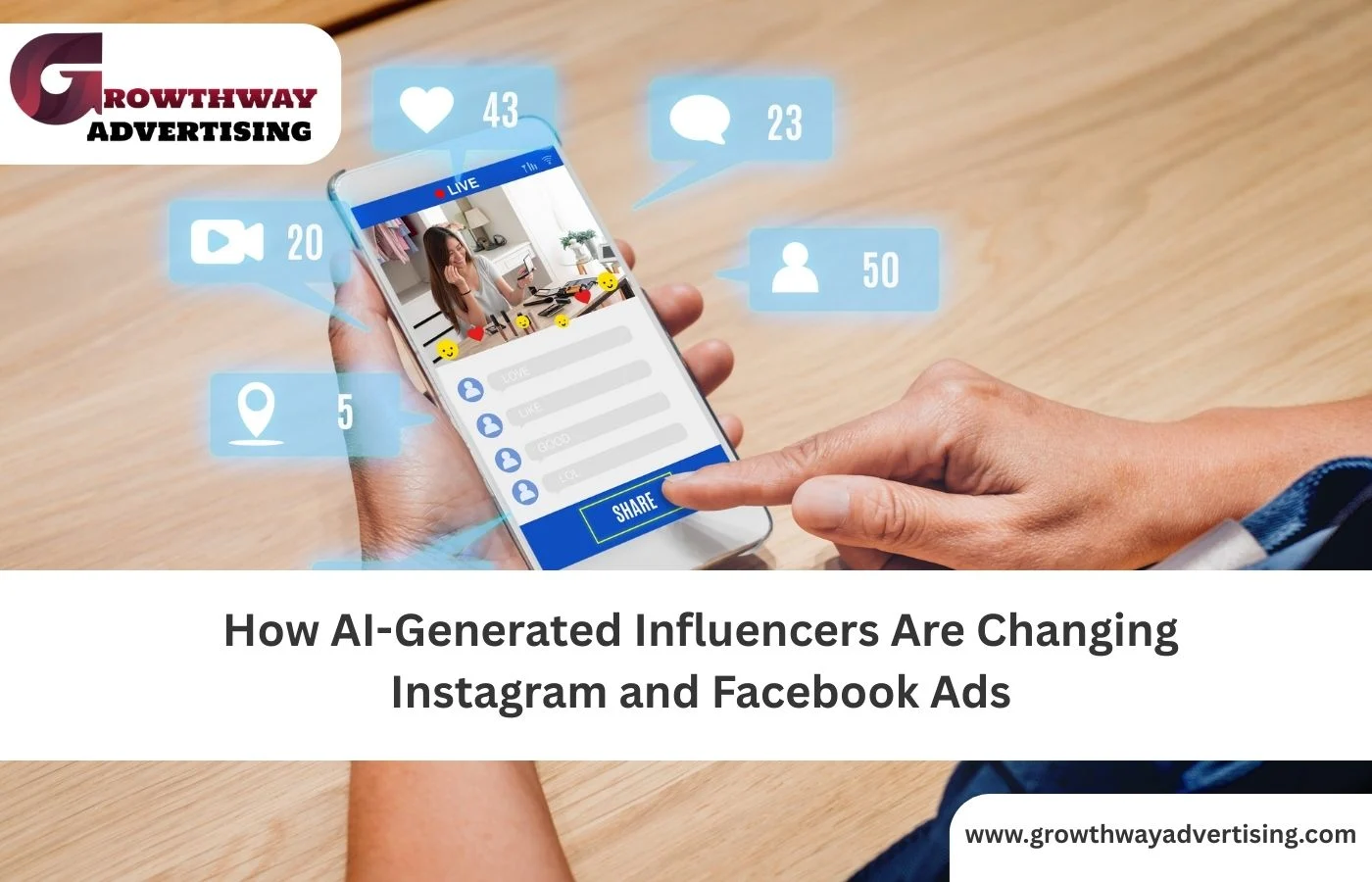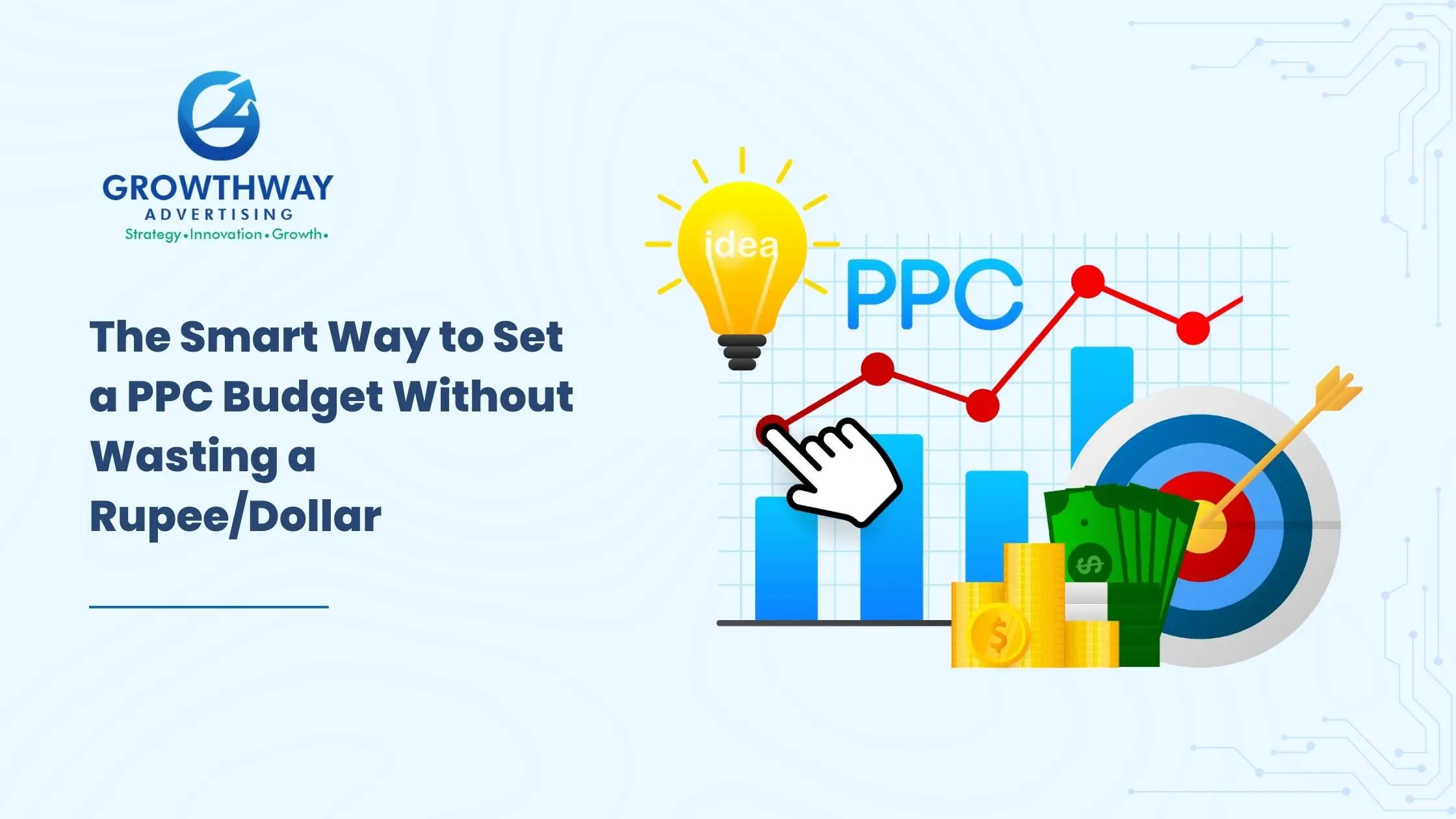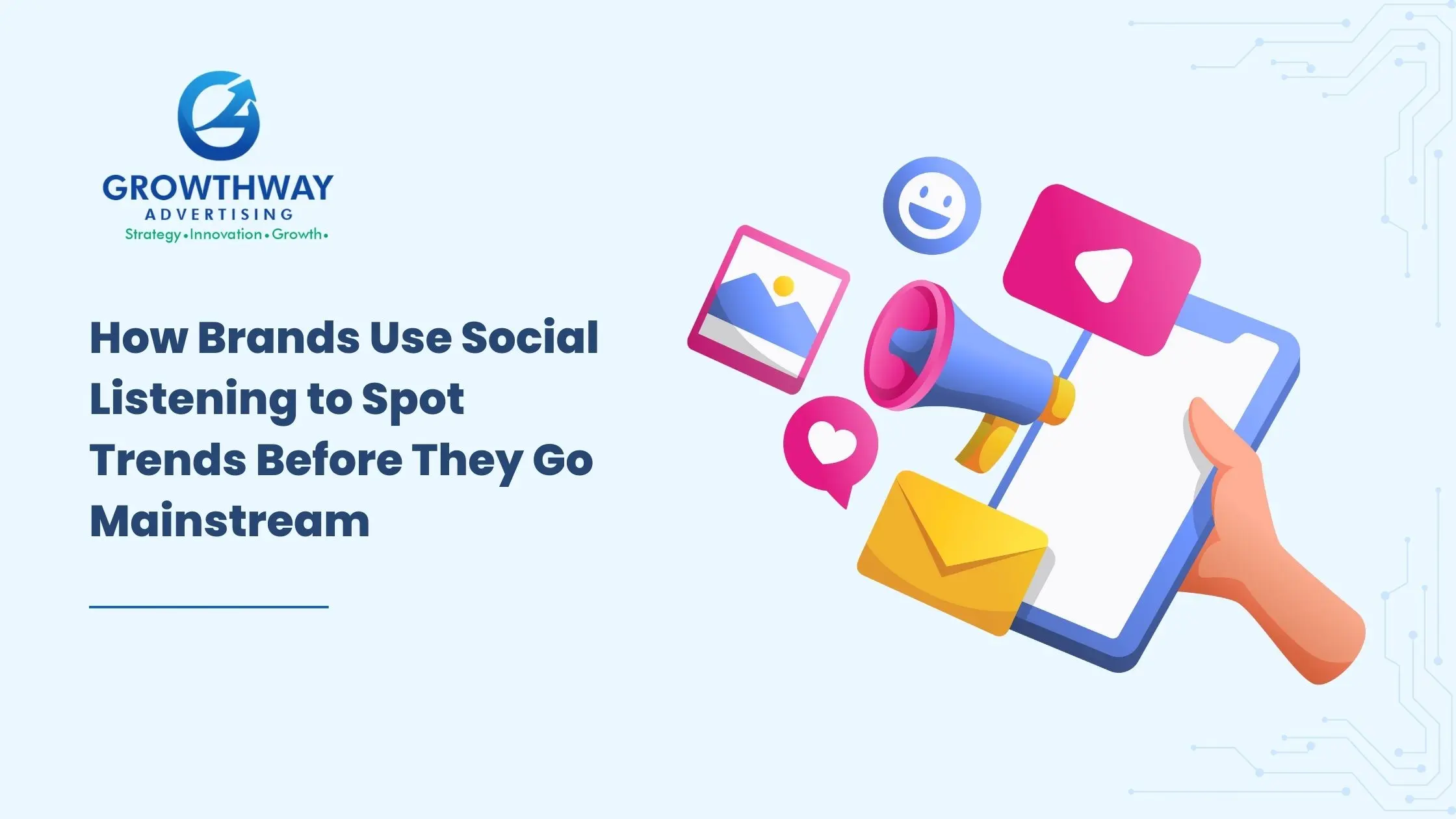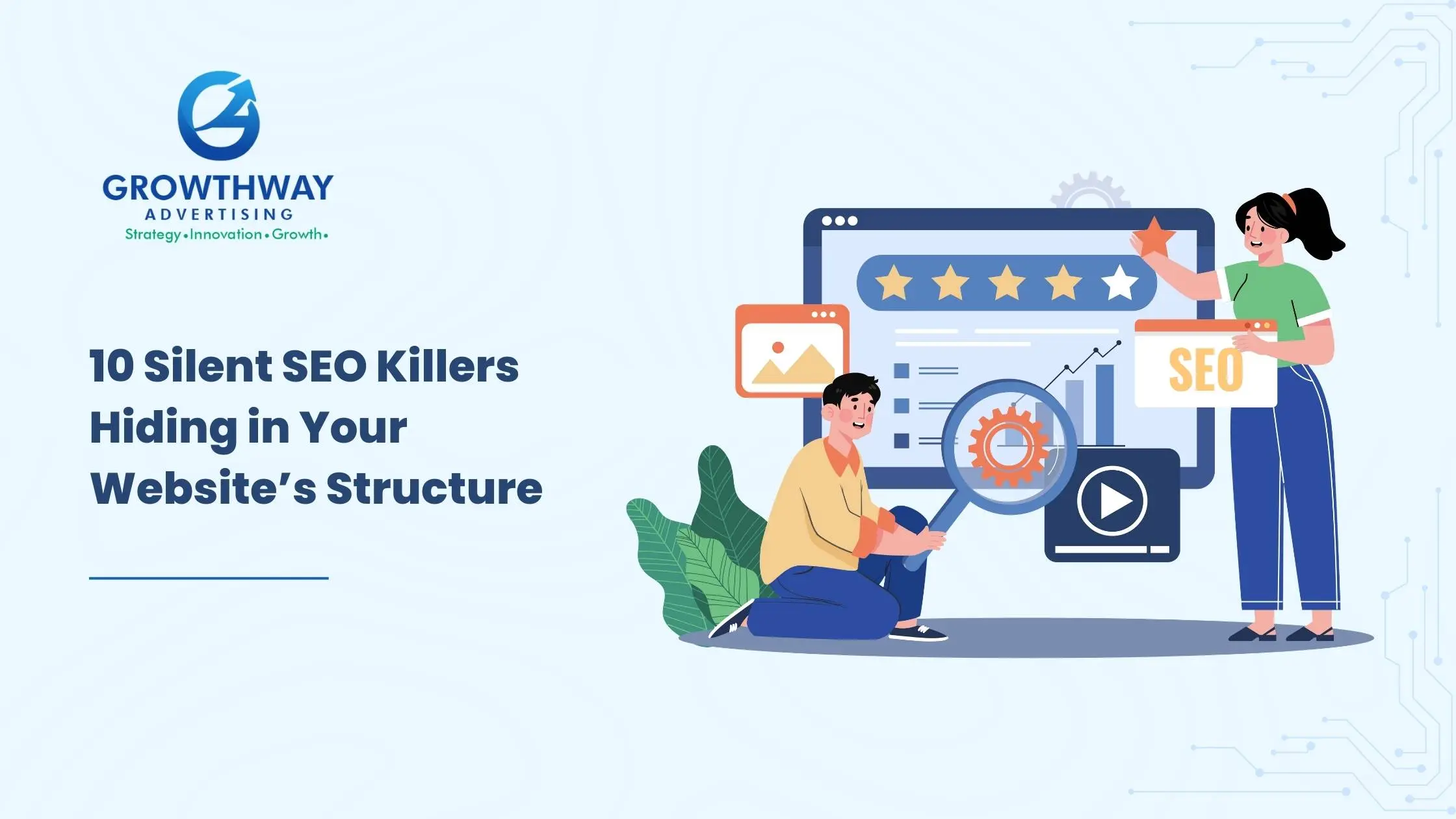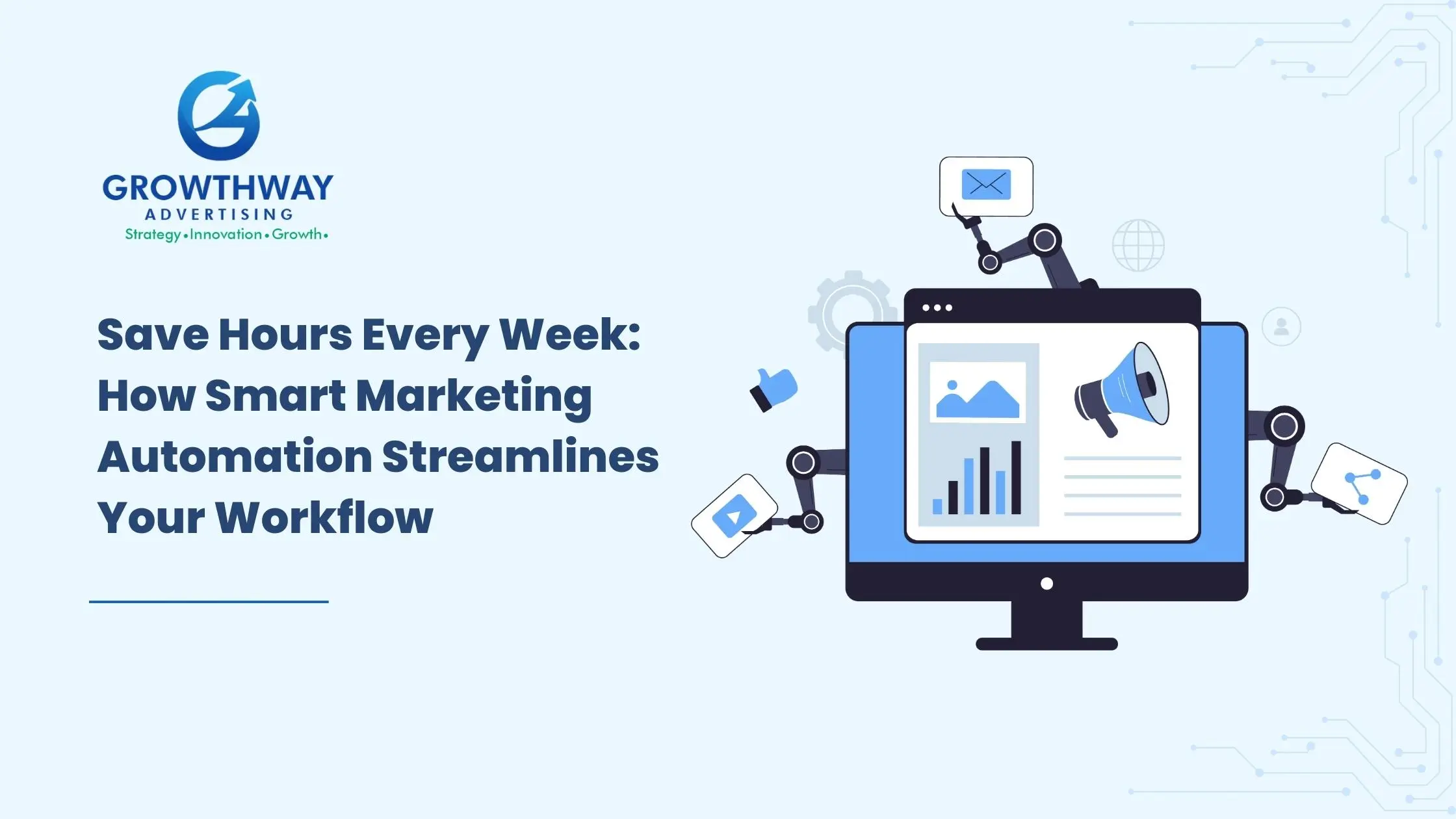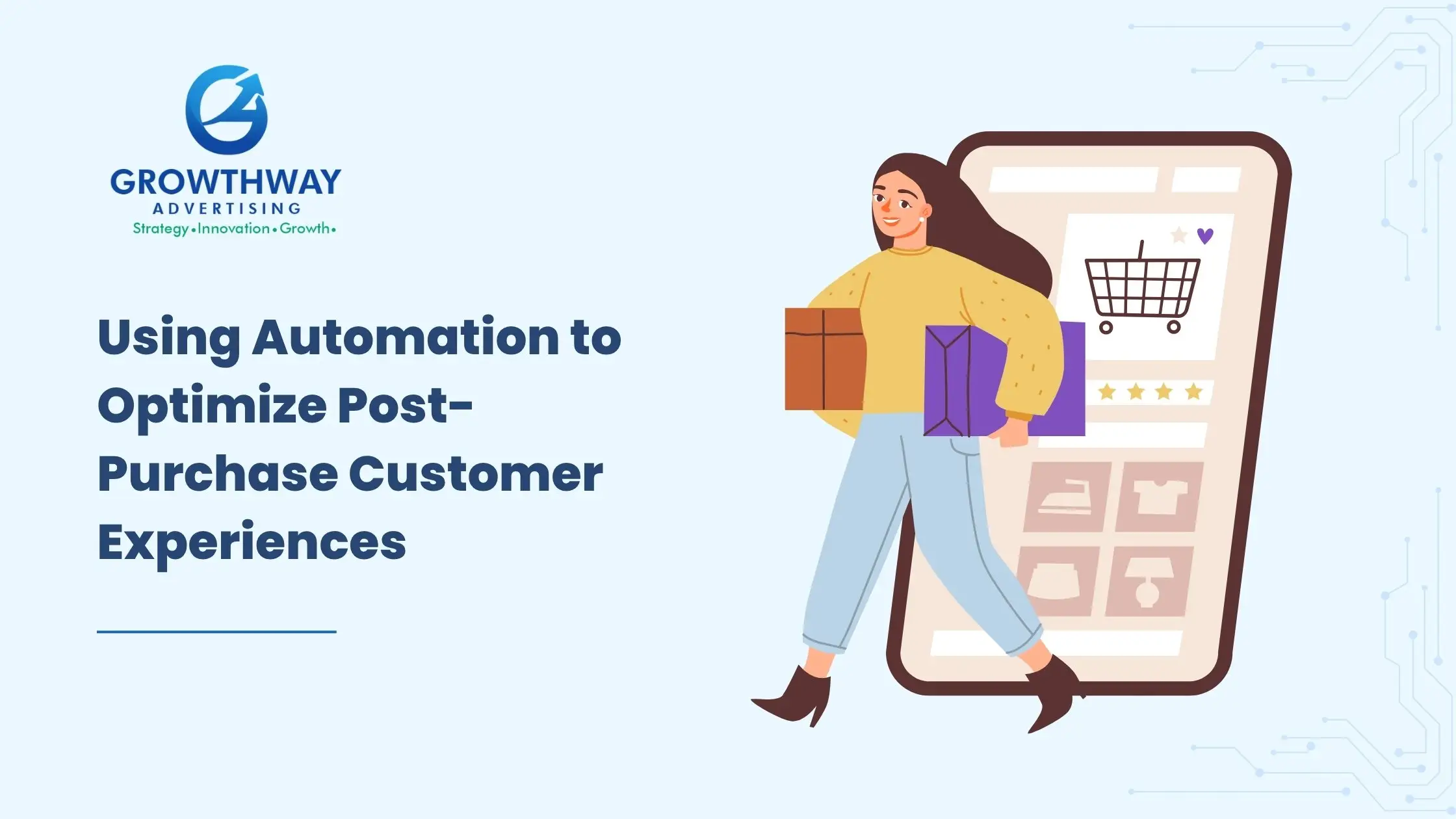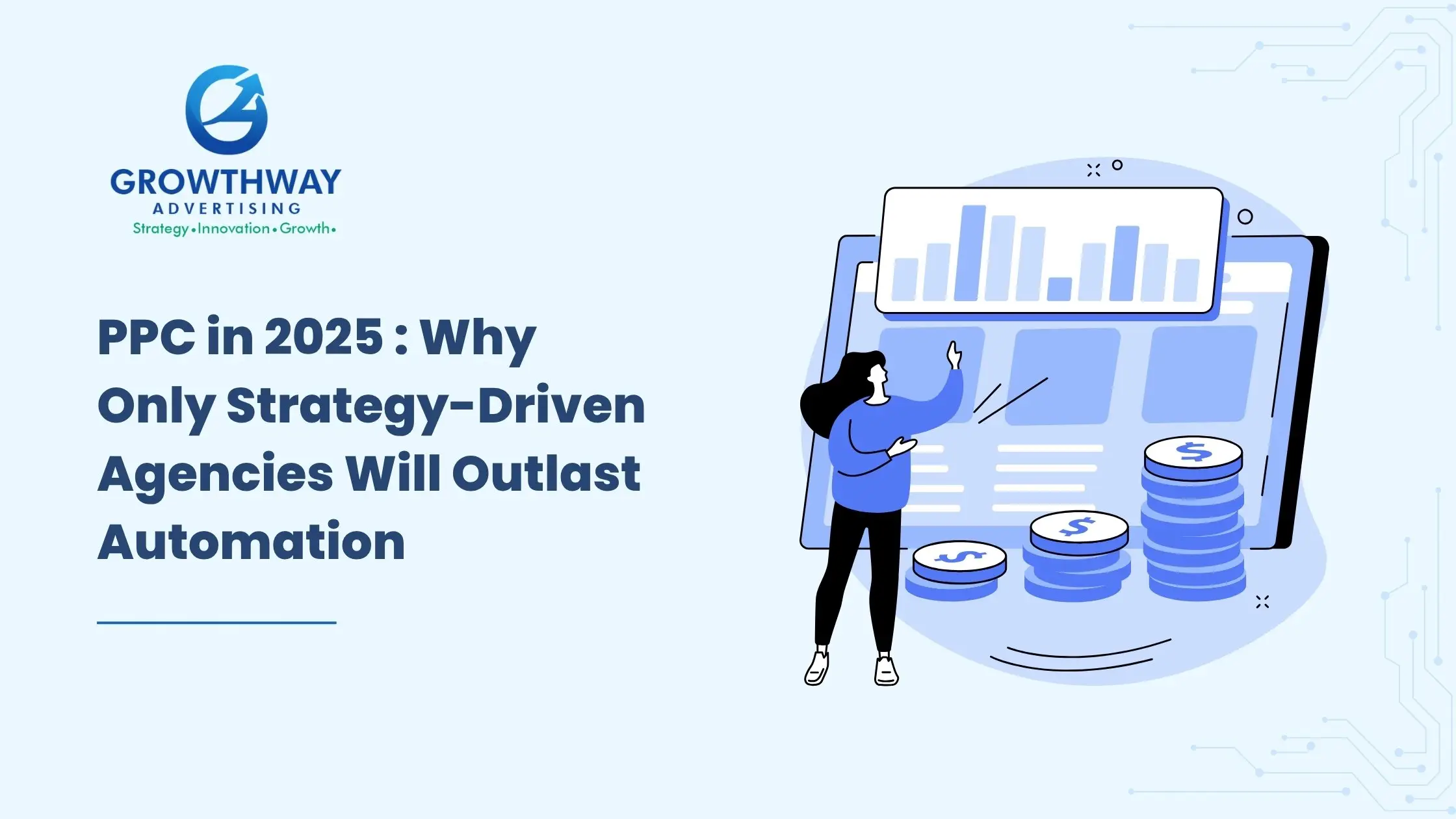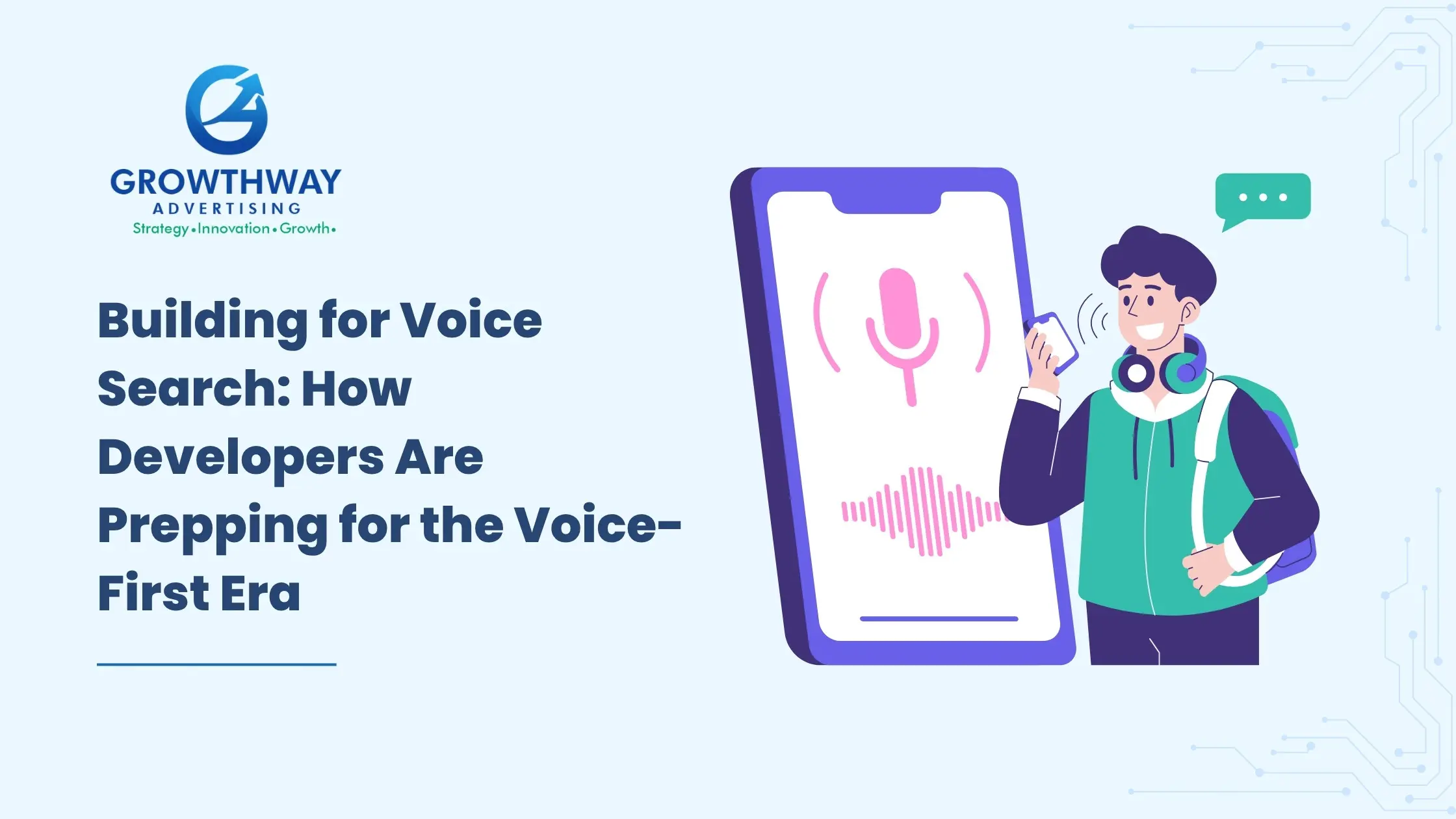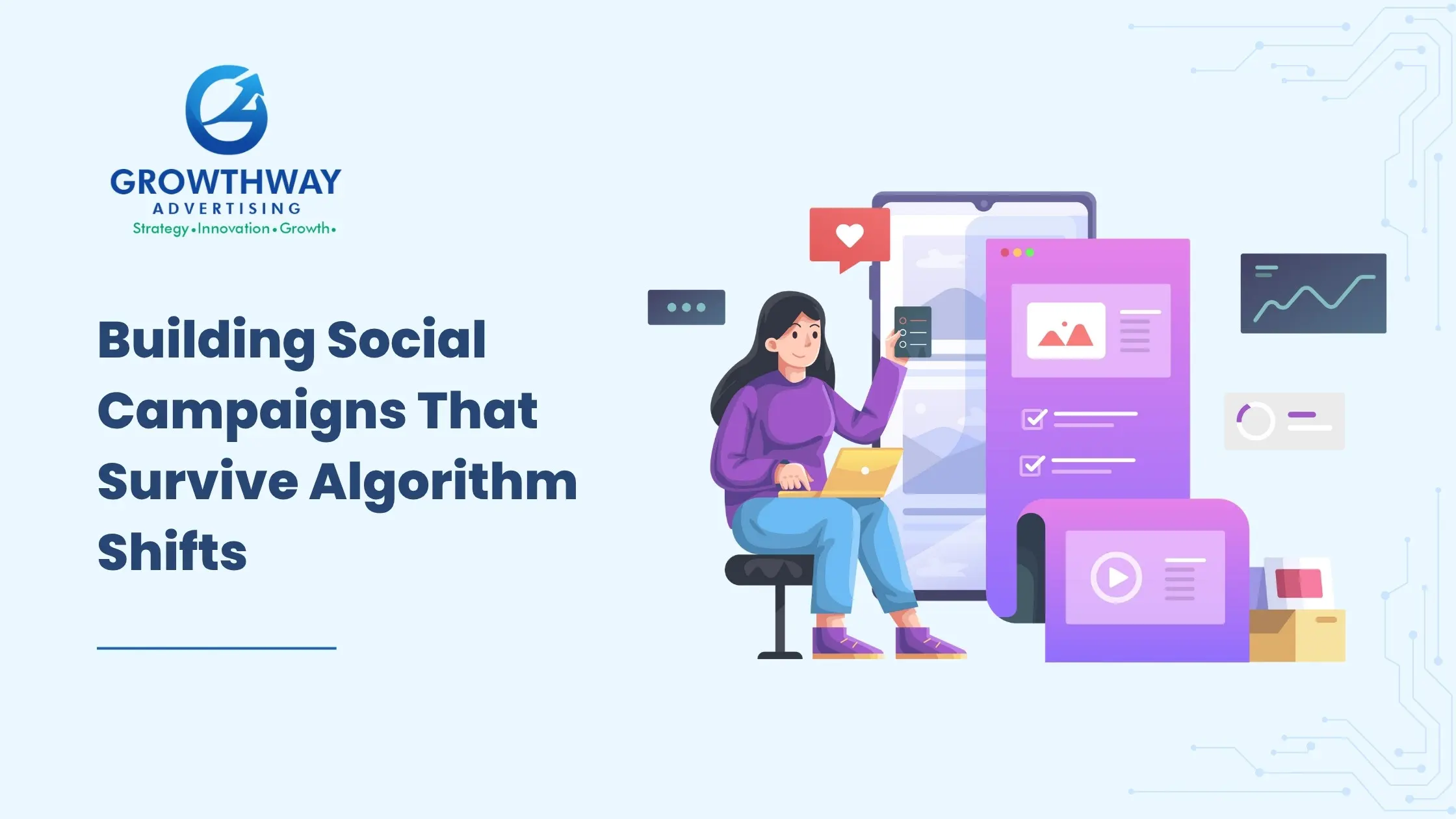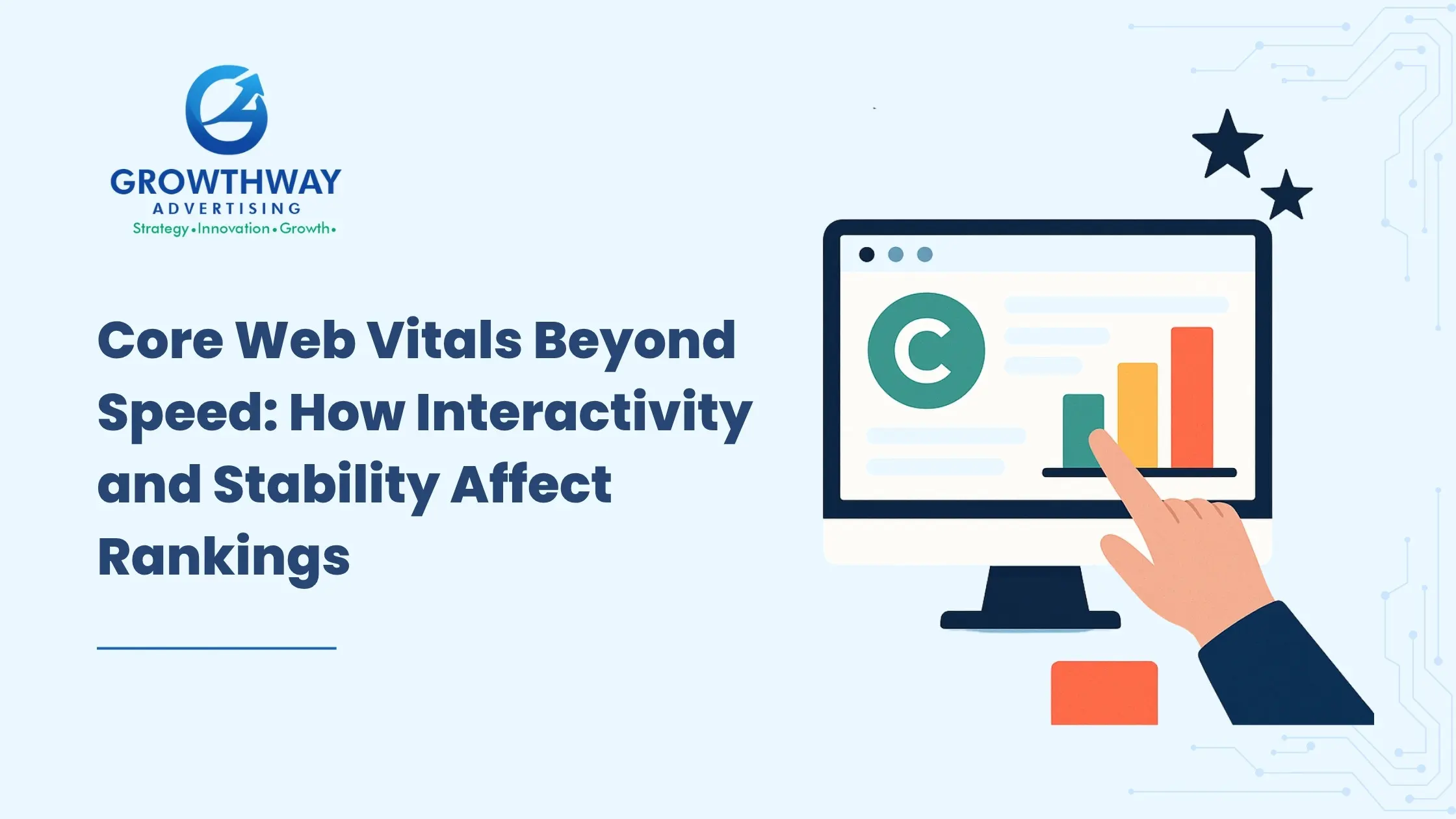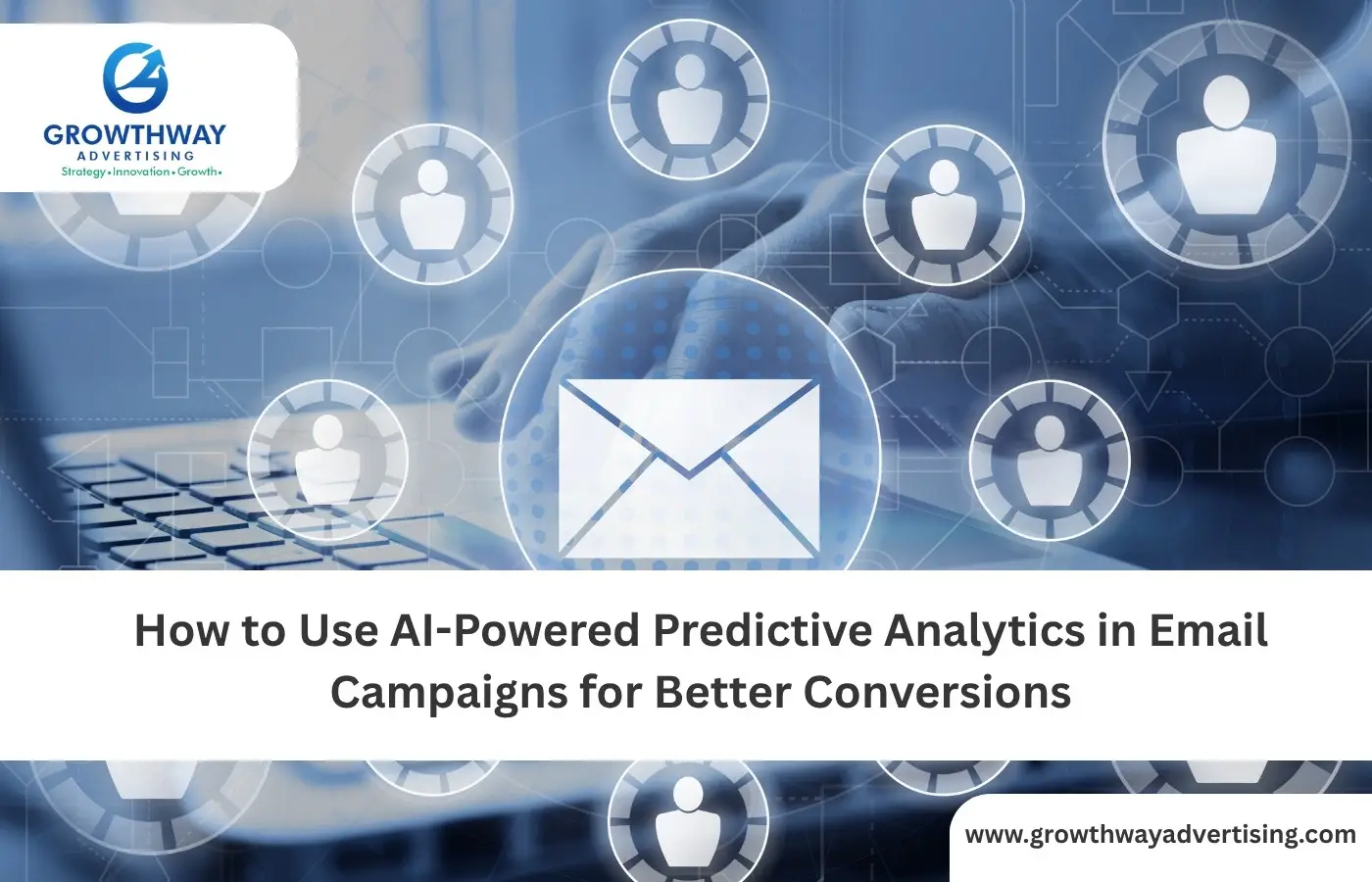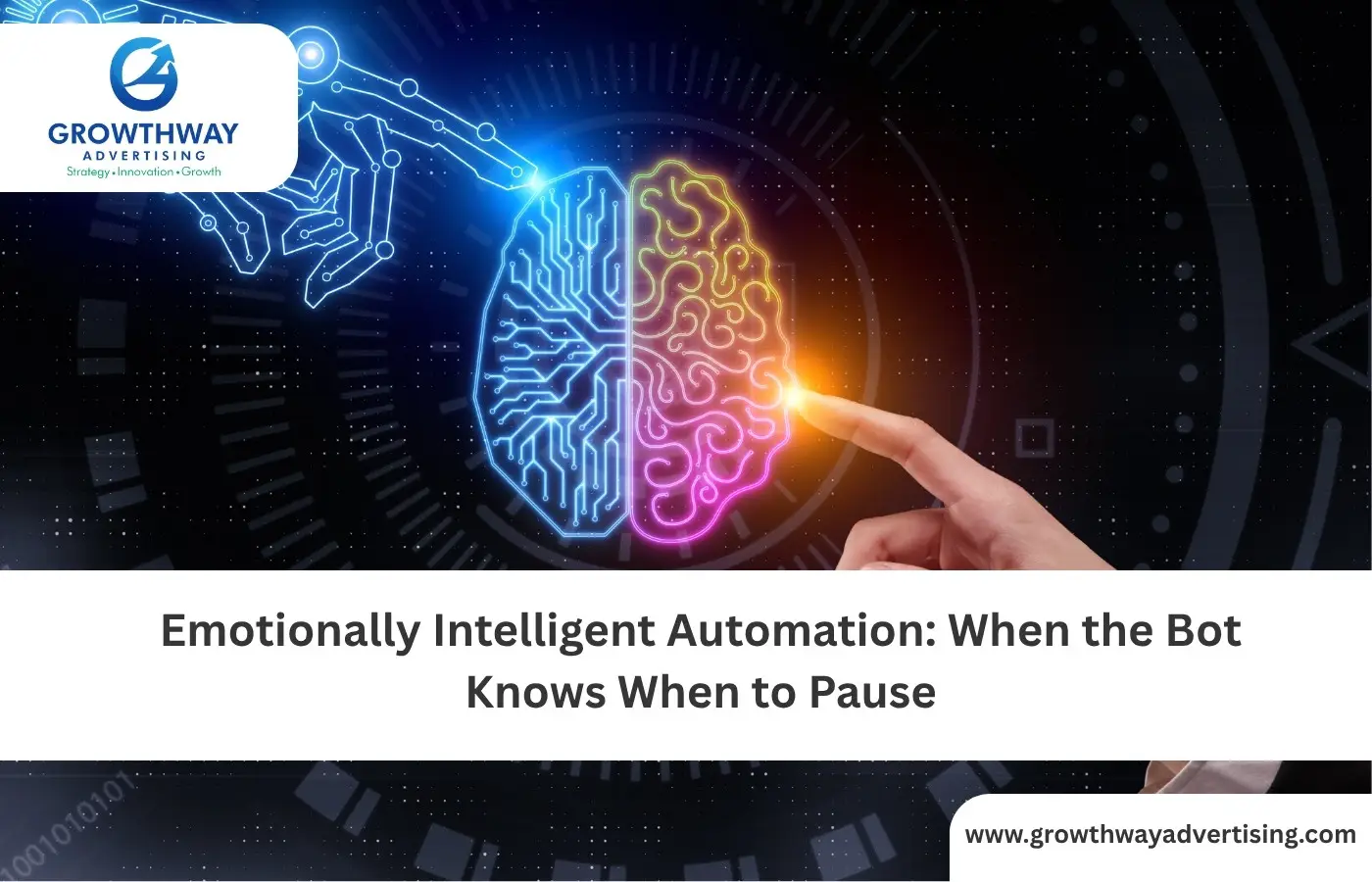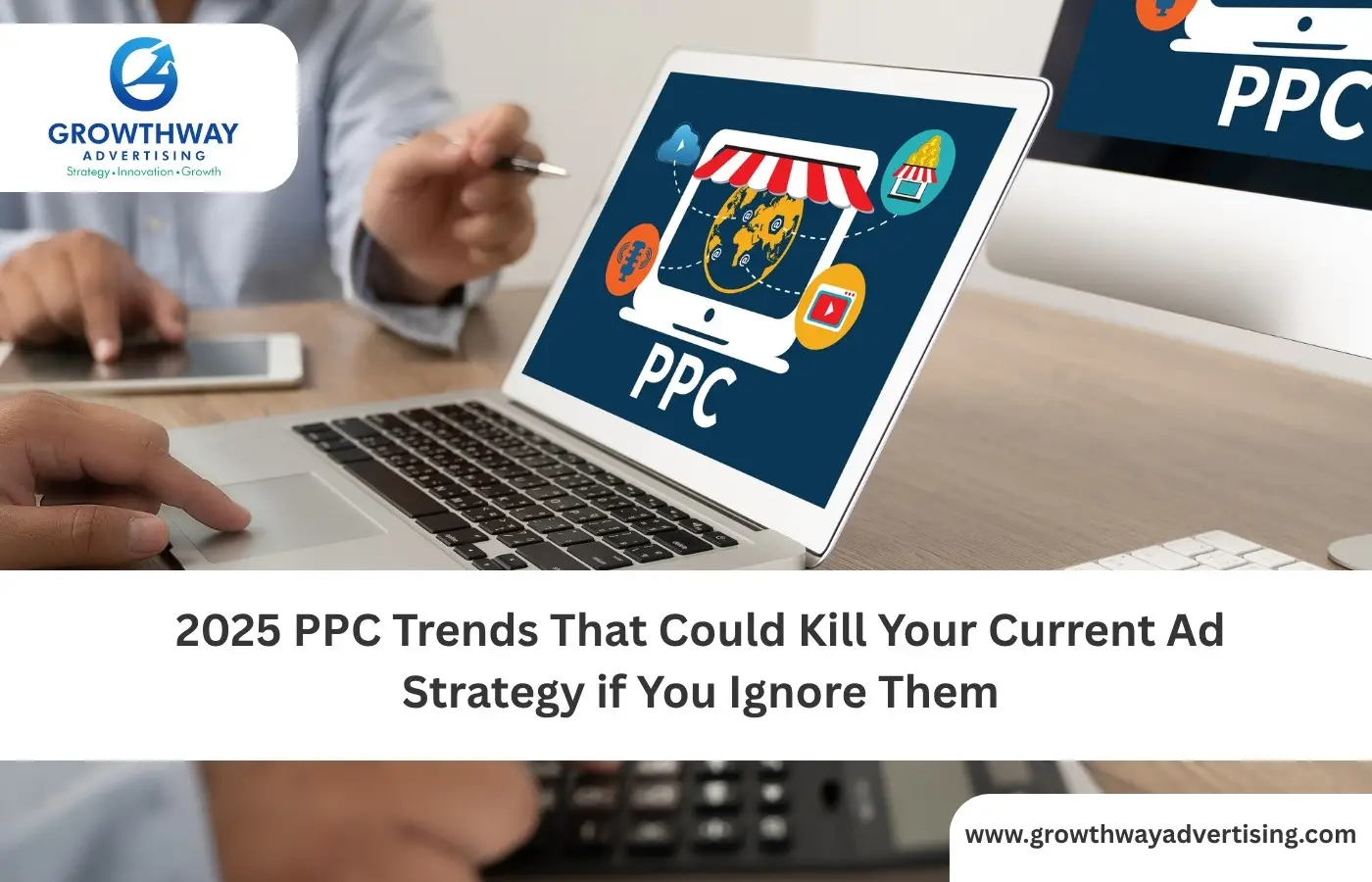For years, Instagram and Facebook have been the heart of brand–consumer conversations. But now, something very different is happening: AI influencers are not just experiments anymore; they are starting to run full campaigns, pull in engagement, and compete with human creators. The ripple effect touches everything from audience targeting and content automation to how social media marketing companies position their services.
Let’s break down what’s actually happening, what brands are testing, and where the overlooked opportunities still lie.
What Makes AI-Generated Influencers Different
A social media marketing agency traditionally hires real people to promote products. With AI, the influencer is a character created with generative tools, able to look and act like anyone the brand envisions. That means unlimited creative control: looks, voice, tone, and even values can be fine-tuned.
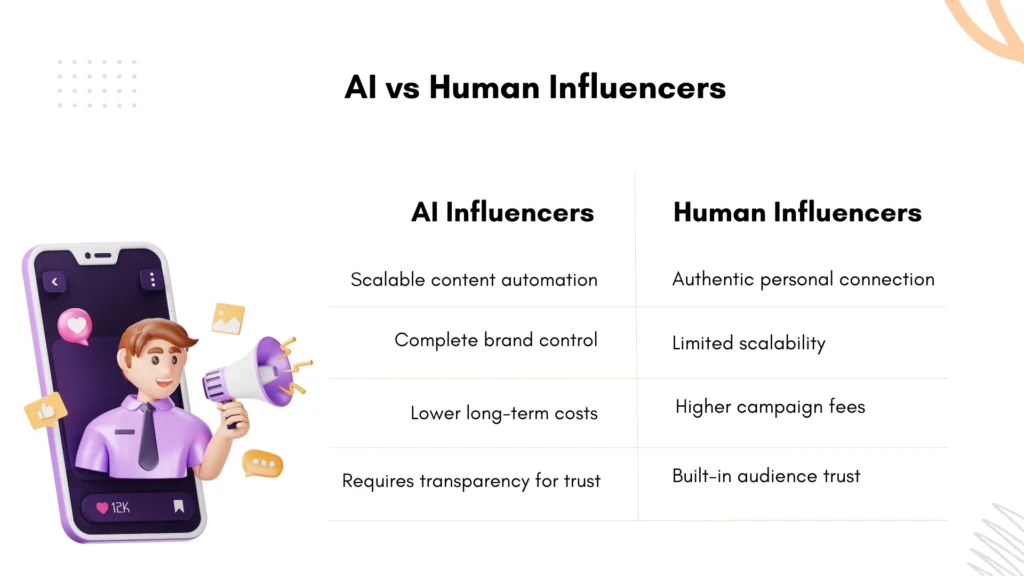
The promise is scalability. Instead of coordinating dozens of creators across time zones, one AI influencer campaign can deliver assets for Instagram Reels, Facebook Feed, or Stories within hours. This shift is pushing social media advertising into a new phase where content is not just scheduled, it’s generated.
The Immediate Advantages for Brands
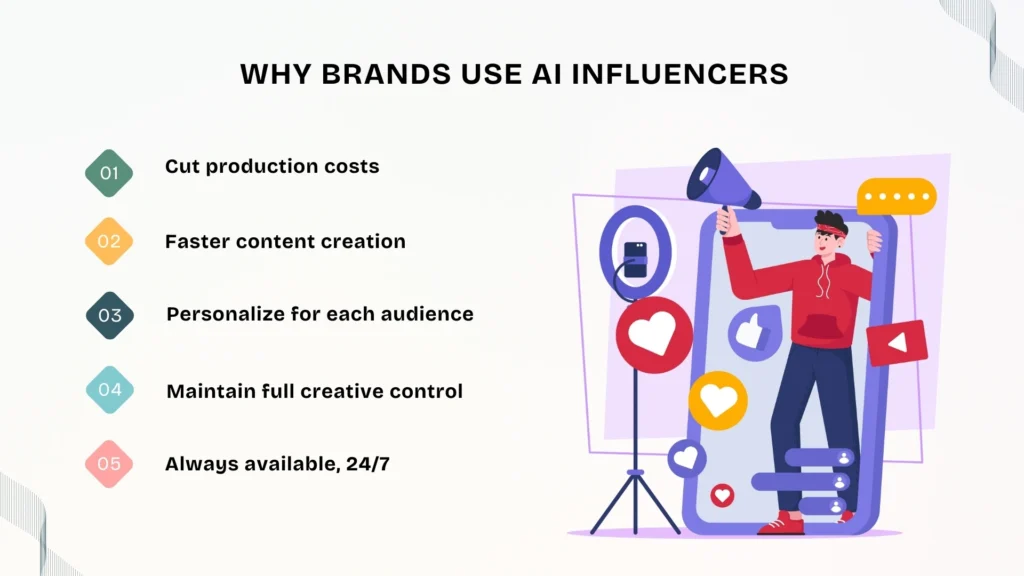
Content Automation at Scale
Brands are already leaning on AI for captions, ad copy, and design. With AI-driven personas, the automation goes further video shoots, lifestyle imagery, and even spontaneous “behind-the-scenes” moments can be produced endlessly. For social media management services, this changes how teams budget and plan creative.
Hyper-Personalized Audience Targeting
Facebook’s ad platform thrives on testing creative variations. Facebook AI ads paired with synthetic influencers let marketers spin up dozens of highly specific variations: different looks for different demographics, local accents for regional campaigns, and subtle cultural cues for global rollouts.
Cost and Control
Instead of paying per post or negotiating contracts with talent, brands essentially own their AI persona. Licensing fees or ethical concerns still need attention, but the control over voice and output reduces campaign risk.
What Consumers Are Actually Asking
The big question from audiences isn’t just “Is this influencer real?” but “Does this feel authentic enough to influence me?” That tension is driving the evolution of AI influencer marketing.
- Influencer engagement rates are surprisingly competitive when personas are crafted with relatable backstories.
- Disclosure plays a big role. If audiences feel deceived, trust drops fast. If brands are transparent and show the tech as part of the story, engagement often goes up.
- People want proof. They want to know whether synthetic creators deliver the same ROI as humans. That’s the missing data many brands are hungry for.
Informational Angles That Need More Attention
Most conversations so far celebrate the novelty of AI influencer trends, but there are critical aspects brands need guidance on.
Ad Performance Benchmarks
Marketers want numbers: CPM, CTR, ROAS across placements like Instagram Reels or Facebook Stories. Testing AI influencer campaigns against human influencers reveals where synthetic creatives outperform and where they still lag.
Attribution and ROI Tracking
With so many touchpoints in a customer journey, proper attribution is essential. Multi-touch models can help brands see whether an AI influencer campaign actually drives conversions or just adds surface-level engagement.
Compliance and Platform Policies
Meta has disclosure guidelines, and campaigns risk rejection if synthetic content isn’t tagged properly. Few social media services actually walk clients through disclosure best practices, IP rights, or model release agreements for AI-generated personas.
Ethics and Consumer Trust
Transparency is key. Studies show audiences are open to virtual creators if they’re clearly labeled. A social media marketing agency that ignores disclosure risks long-term brand trust.
Cultural and Regional Authenticity
Localization is another gap. Global brands need influencers who resonate in Asia, Europe, and Latin America differently. AI allows customization, but without cultural nuance, campaigns can feel hollow or even offensive.
How Agencies Are Adapting
For social media marketing services, this trend is not just a shiny add-on. Agencies are rethinking staffing, creative pipelines, and pricing models.
- Creative Operations: Instead of video production crews, teams invest in prompt engineers and AI art directors.
- Campaign Planning: Agencies are blending human and AI influencers in hybrid models. A real creator introduces the product while an AI persona demonstrates it in endless scenarios.
- Management: Social media management services are shifting from scheduling posts to orchestrating generative pipelines, ensuring fresh assets drop at optimal times for each audience segment.
The New Economics of Influencer Marketing
Traditionally, influencer deals revolve around follower counts, engagement rates, and content rights. AI upends that.
- Pricing Models: Brands may license a virtual persona monthly instead of negotiating per campaign.
- Hybrid Collaborations: Human creators can co-star with their AI doubles, extending their brand presence.
- Rights and Ownership: Who owns an AI influencer? The developer? The brand? The agency? These questions directly impact how social media marketing companies structure contracts.
What Brands Can Do Right Now
If you’re planning to explore AI influencer marketing, here are practical steps:
- Run Small A/B Tests
Compare a human influencer creative against an AI version in the same campaign. Measure hard metrics like CTR, CPA, and ROAS on Facebook placements. - Experiment with Disclosure Styles
Test captions, hashtags (#AIinfluencer), or graphic badges. Watch how transparency impacts influencer engagement. - Develop a Compliance Checklist
Cover copyright, likeness rights, and Meta’s policies. Build this into your internal workflow if you’re an agency delivering social media services. - Invest in Cultural QA
Don’t just translate captions. Make sure your AI personas reflect genuine cultural touchpoints that audiences identify with. - Track Long-Term Engagement
Instead of measuring only clicks or conversions, track how followers interact with AI personas over months. This will reveal whether synthetic influencers can sustain community growth.
Where the Opportunity Lies
The future isn’t about replacing human creators. It’s about blending synthetic personas with authentic voices to create scalable, high-performing campaigns. Social media advertising is evolving fast, and brands that experiment early can set new benchmarks for the industry.
At the same time, social media marketing companies and agencies that master this new toolkit balancing automation with authenticity will win more clients. They’ll be able to offer social media services that are not only creative but also measurable, compliant, and adaptable across markets.
For anyone in the business of social media marketing services, the message is clear: ignore AI-generated influencers at your own risk. They are no longer a fringe experiment. They are already changing how ads work on Instagram and Facebook, and the smartest agencies are learning to build them into their social media management services today.
FAQ’s
Brands use AI influencers to create lifestyle posts, product videos, or even interactive stories. Because their content is produced through content automation, they can generate endless variations for social media advertising without the cost of human shoots.
Yes. With audience targeting on Facebook and Instagram, AI personas can be customized for different demographics. Marketers can test variations of looks, styles, and messaging to match specific audiences.
They do. Influencer engagement depends on how believable and relatable the persona is. When AI personas are designed with authentic backstories and consistent posting, they often achieve engagement rates similar to human creators.
Yes, but they must follow Meta’s policies. Facebook AI ads using synthetic personas need proper disclosure so audiences know the content is AI-generated. Non-compliance can risk ad rejection.
Risks include loss of authenticity, potential backlash if audiences feel misled, and legal questions around copyright or likeness rights. That’s why many brands work with social media management services to build compliance into campaigns.
Current AI influencer trends include hybrid campaigns (AI + human creators), cultural localization of virtual personas, and increased reliance on automation to generate ad creative tailored for each platform placement.

